Ditapis dengan
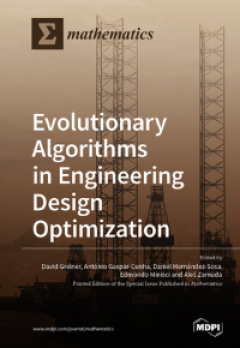
Evolutionary Algorithms in Engineering Design Optimization
Evolutionary algorithms (EAs) are population-based global optimizers, which, due to their characteristics, have allowed us to solve, in a straightforward way, many real world optimization problems in the last three decades, particularly in engineering fields. Their main advantages are the following: they do not require any requisite to the objective/fitness evaluation function (continuity, deri…
- Edisi
- -
- ISBN/ISSN
- 978-3-0365-2715-4
- Deskripsi Fisik
- 316 hlm.
- Judul Seri
- -
- No. Panggil
- -
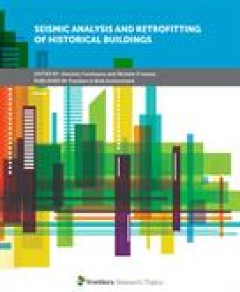
Seismic Analysis and Retrofitting of Historical Buildings
The awareness of the concept of conservation and protection of historical buildings against natural threats, and in particular the seismic one, is an important and current issue. This is due to the fact that most of them have been recognized as having cultural heritage, having an inestimable value for their constructive, material and typological characteristics to be preserved and handed down t…
- Edisi
- -
- ISBN/ISSN
- 978-2-88966-011-7
- Deskripsi Fisik
- 207 hlm.
- Judul Seri
- -
- No. Panggil
- -
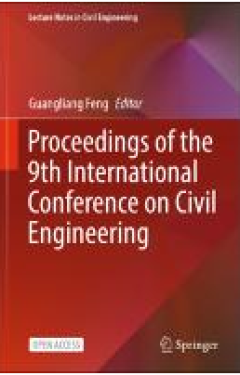
Proceedings of the 9th International Conference on Civil Engineering
This open access book is a compilation of selected papers from the 9th International Conference on Civil Engineering (ICCE2022). The work focuses on novel research findings on seismic technology of civil engineering structures, High-tech construction materials, digitalization of civil engineering, urban underground space development. The contents make valuable contributions to academic research…
- Edisi
- -
- ISBN/ISSN
- 978-981-99-2532-2
- Deskripsi Fisik
- 627 hlm.
- Judul Seri
- -
- No. Panggil
- -

Proceedings of the 2nd International Conference on Innovative Solutions in Hy…
This open access book is compilation of selected papers from 2nd International Conference on Innovative Solutions in Hydropower Engineering and Civil Engineering (HECE 2022). The work focuses on novel techniques for topics in hydropower and sustainable development, maximizing and communicating the multiple benefits of hydro, the food-water-energy nexus approach, synergy among the renewables, ma…
- Edisi
- -
- ISBN/ISSN
- 978-981-99-1748-8
- Deskripsi Fisik
- 524 hlm.
- Judul Seri
- -
- No. Panggil
- -

Efficient Damping and Isolation Systems for Civil Structures
Civil engineering structures may vibrate due to different sources of excitations such as earthquakes, wind, traffic, humans, etc. The resulting vibrations may not be acceptable from the perspective of vibration comfort or can even impair the structure's safety. Depending on the excitation mechanism, anti-vibration measures range from increasing the structural damping using local dampers, decoup…
- Edisi
- -
- ISBN/ISSN
- 978-3-0365-6560-6
- Deskripsi Fisik
- 196 hlm.
- Judul Seri
- -
- No. Panggil
- -
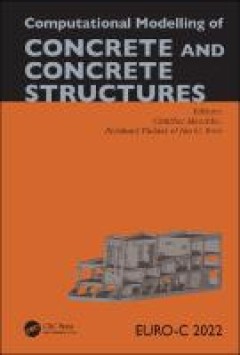
Computational Modelling of Concrete and Concrete Structures
Computational Modelling of Concrete and Concrete Structures contains the contributions to the EURO-C 2022 conference (Vienna, Austria, 23-26 May 2022). The papers review and discuss research advancements and assess the applicability and robustness of methods and models for the analysis and design of concrete, fibre-reinforced and prestressed concrete structures, as well as masonry structures. R…
- Edisi
- -
- ISBN/ISSN
- 978-1-003-31640-4
- Deskripsi Fisik
- 766 Hlm.
- Judul Seri
- -
- No. Panggil
- -
Advanced Structural Concrete Materials in Bridges
Many existing and newly constructed bridges are composed of reinforced and prestressed concrete. Advanced concrete materials play an increasingly important role in concrete bridges to facilitate the strengthening and repair of existing bridges, to facilitate a (fast) replacement solution for (part of) an existing bridge, and for the design of new challenging bridge projects. The development of …
- Edisi
- -
- ISBN/ISSN
- 978-3-0365-6057-1
- Deskripsi Fisik
- 270 Hlm.
- Judul Seri
- -
- No. Panggil
- -

Advances in Asphalt Emulsion Materials for Cold Paving Technologies
With growing awareness of worldwide health, safety, and environmental issues, significant efforts have been carried out to save non-renewable fossil fuels, conserve energy, and reduce emissions in various industries. In pavement engineering, cold paving technologies based on asphalt emulsion—which greatly reduce energy consumption, dust, and gaseous emissions compared to conventional hot asph…
- Edisi
- -
- ISBN/ISSN
- 978-2-88966-248-7
- Deskripsi Fisik
- 129 hlm.
- Judul Seri
- -
- No. Panggil
- -
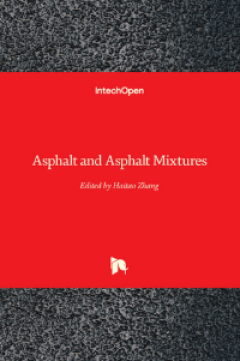
Asphalt and Asphalt Mixtures
In recent years, with the rapid development of the world transportation industry, the proportion of asphalt pavement in road engineering is increasing. Therefore, while the demand for asphalt and asphalt mixture is increasing, the quality requirements for materials are also improving. In particular, new materials and new technologies are constantly emerging, and the application technology, theo…
- Edisi
- -
- ISBN/ISSN
- 978-1-83968-109-7
- Deskripsi Fisik
- 134 hlm.
- Judul Seri
- -
- No. Panggil
- -
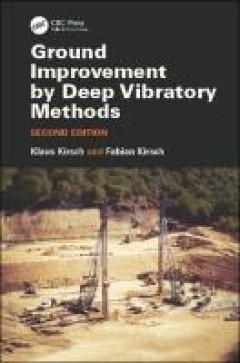
Ground Improvement by Deep Vibratory Methods
Vibro compaction and vibro stone columns are the two dynamic methods of soil improvement most commonly used worldwide. These methods have been developed over almost eighty years and are now of unrivalled importance as modern foundation measures. Vibro compaction works on granular soils by densification, and vibro stone columns are used to displace and reinforce fine-grained and cohesive soils b…
- Edisi
- 2
- ISBN/ISSN
- 978-1-3153-7234-1
- Deskripsi Fisik
- 253 hlm.
- Judul Seri
- -
- No. Panggil
- -
 Karya Umum
Karya Umum  Filsafat
Filsafat  Agama
Agama  Ilmu-ilmu Sosial
Ilmu-ilmu Sosial  Bahasa
Bahasa  Ilmu-ilmu Murni
Ilmu-ilmu Murni  Ilmu-ilmu Terapan
Ilmu-ilmu Terapan  Kesenian, Hiburan, dan Olahraga
Kesenian, Hiburan, dan Olahraga  Kesusastraan
Kesusastraan  Geografi dan Sejarah
Geografi dan Sejarah